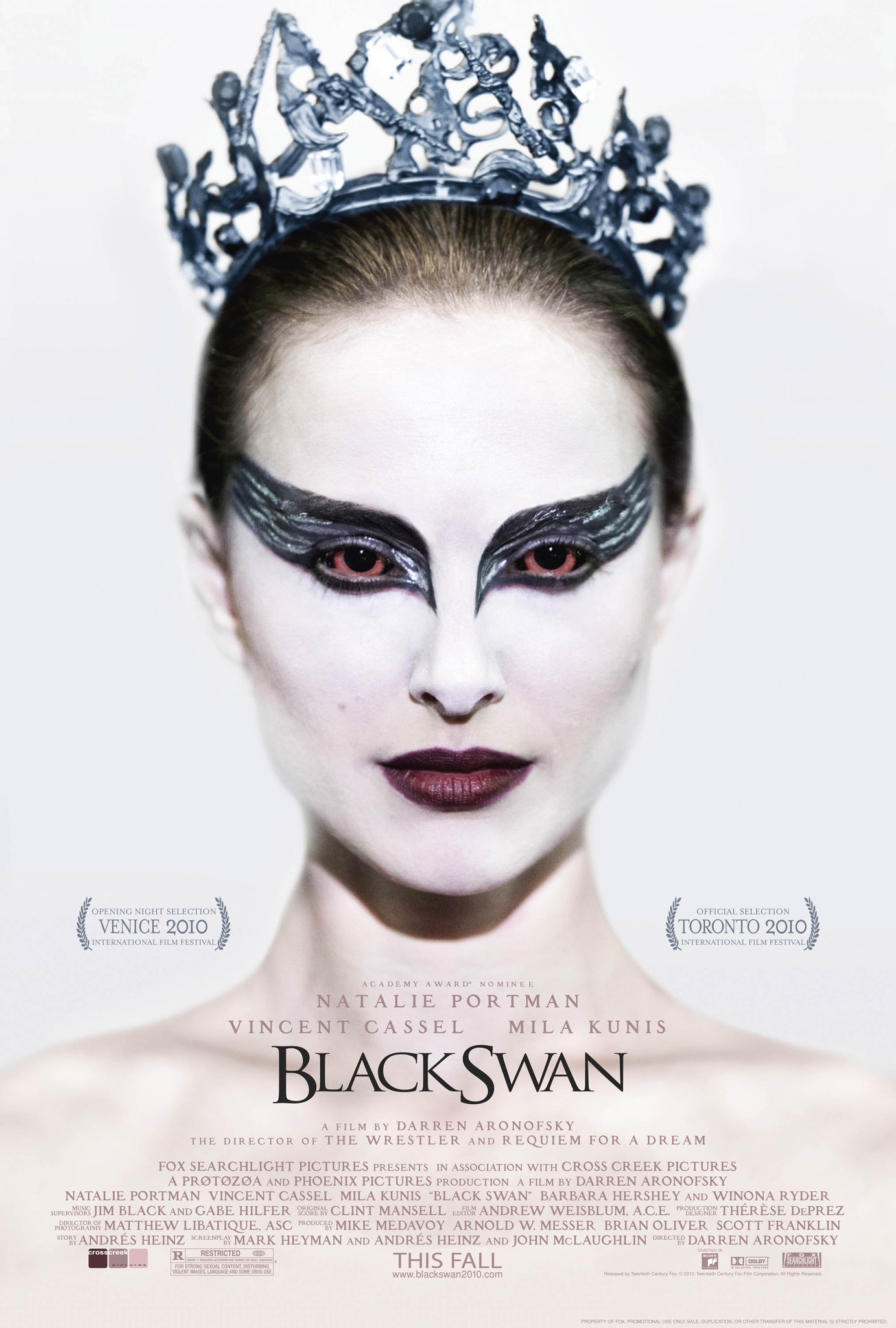By Roxane Liguti, Year 12
In the film industry, colour creates a connotation, a specific message, or even communicates a whole character’s psychological nature. Of course, all colours and hues have difference significance to different themes or ideas according to beliefs, knowledge, and culture. Use of colour in films can be truly incredible, yet so bizarre. After all, colour is everything, isn’t it?
Bright colours are flashy and indicate joy, don’t they? Film producer Wes Anderson would disagree, because in his world, they do not! His use of vivid and pastel colours melt the hearts of viewers, making his movies so original and distinct, but also allowing them to have such a mesmerising effect.
However, despite what one might believe, these pastel colours don’t actually have a positive, uplifting impact on the characters. Instead, they reflect mean, tough and heart-wrenching feelings, emphasising and expressing difficult and tragic character development and harsh emotions.
A classic example would be the overpresence of yellowish and ochre shades in Fantastic Mr. Fox, which conveys the happiness of the foxes and brings with it an optimistic mood. In contrast, the duller and darker tones portray the sadness and hardships of the monotonous animal family life.
Furthermore, in The Grand Budapest Hotel, the overrepresentation of vivid and pastel hues embraces dramatic and difficult emotions, but still maintaining a joyful approach. The eye-catching colours don’t leave the viewer passive, but instead immerses them in the scene.
Some would argue the use of colour in such a garish manner is childish, and many describe it as looking at colouring books. Anderson took these comments and transformed it into a way to convey “adult” and in-depth themes, such as the loss of innocence, the relationship between a parent and a child, and the forging of one’s own identity.
Anderson triggers yet more nostalgia by portraying the adult world in an idealised, innocent way. His storylines are realistic, yet the cinematography is unconvincing for its audience, as looking like it is gazing into a child’s imaginary world.
Viewers of his films would also probably notice that most of his films use a lot of symmetry and straight lines. This creates a sense of balance and overall order throughout the movies. Once again, it is meant to convey tension and evoke deep emotion in the scene, to both the characters and the viewer, creating a sense of intimacy.
Music is also carefully selected to once again convey certain moods and tones to each scene. Some of the soundtracks reflect the personal and nostalgic tastes of the director, others are just for the aesthetics. Anderson uses radio hits, along with hidden 60s and 70s gems from bands such as The Kinks, The Beach Boys, and others. Sometimes, he simply opts for instrumental music, to preserve a sense of calm amidst the exciting and awe-striking journey from reality to fiction.
Give Wes Anderson a chance!



